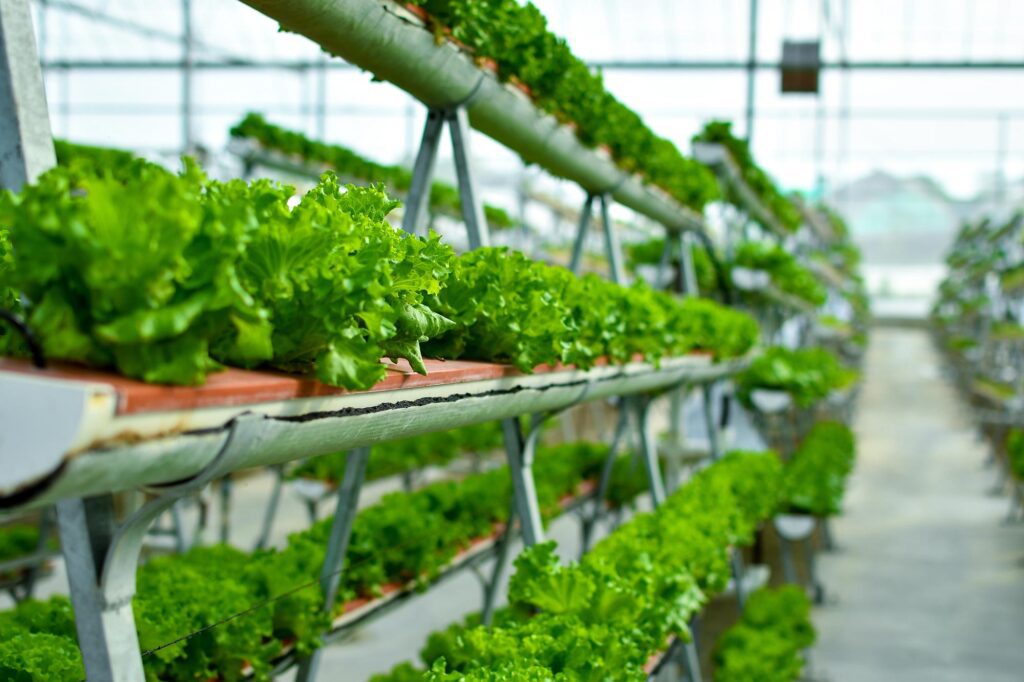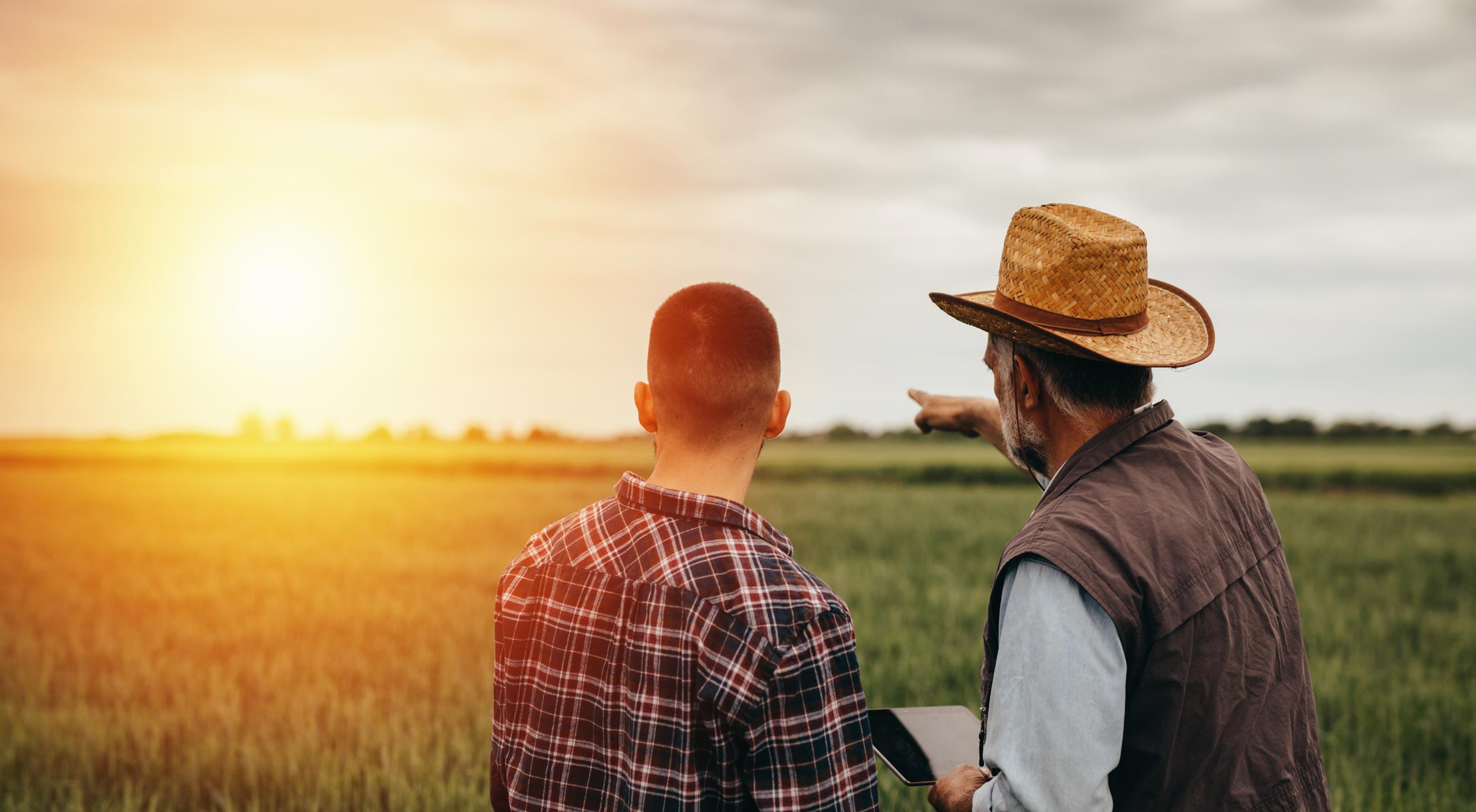As seen in the Tried & True Fall 2021 issue
For new farmers looking to invest in land, the task can feel daunting. Pressures abound, like finding the perfect plot, the purchase price, competing with those who have deeper pockets in a volatile market, creating a solid business plan to gain financing and how to engage with consumers to move the needle towards profitability. Now, consider the growers speeding towards retirement. The average age of the US farmer is 58. Close to 60% own their property and are 65 years or older. While many lease their acreage to others for farming, some continue rolling up their sleeves daily out in the fields. The face of agriculture is changing over the next few years and the dance between transfers of knowledge, skills and––lest we forget––land means everything. Whether discussing legacy farmers or white-collar workers ready to ditch the rat race, they’ve shown up ready to go, right on time and with methods and measures a little different than their predecessors.
IT’S NOT ABOUT THE MONEY, BUT THE MISSION
The next generation of farmers is wired a little differently and takes environmental stewardship to a new level. This work is missional for them––it’s not about the money. Next gen growers want to control the food production process to make it as eco-friendly as possible. Like their predecessors, they see themselves as stewards over the land they’ve been entrusted to care for. However, their ideals marry with the desire to leave a smaller environmental footprint behind while fostering a better tomorrow by growing food their way. This drive matches today’s consumer who wants to know more about where their food products come from, beginning with the hands that produced it. A new legion of farmers also answers the question of where our food will come from to meet food supply demands one crop at a time.
Organic-principled farming means saying no to pesticides, herbicides and synthetic fertilizers. Safeguarding the land is fundamental to what these growers sell and feed their families with. There’s also the pivot concerning what next gen growers want their lives to look like. They have zero desire to punch the clock, fight rush hour traffic, wonder if they are next in line for a promotion or to be downsized. Peaceful mornings as the sun rises, surrounded by nature’s beauty while connecting with the soil, seems like the perfect day at the office, doesn’t it?
EDUCATION IN THE FIELD
The mode in which rookie farmers become operational business owners differs. Some are returning from studying agribusiness at college, putting newly-found techniques into practice on the land they love. Growing up outdoors sometimes lays a career-cementing foundation. Yet not all those carving out a career in ag have the inside family track to rely upon nor earned a diploma certifying they know all things ag. So, how do these growers get into the game?
Organizations exist that match those looking to learn organic ag skills with farmers who need help. This pairing allows growers to pass along wisdom not always learned in a textbook to those yearning to learn; it’s a match made in harvest heaven. Worldwide Opportunities on Organic Farms (WWOOF) is a cultural and educational exchange program whose mission is to build a globally conscious community of farmers. Host families provide eager learners with experience. Eager visitors receive free room and board in exchange for a hands-on ag education. From 12 acres along the Oregon coast to micro-vertical farming just outside New York City, “interns” are immersed in farm life, an excellent way to try a career on for size before jumping in with both feet. It’s a great way to learn the business, hone skills, then take those tools of the trade to begin a new career.
GETTING UP AND RUNNING
Community-supported agriculture is gaining ground by funding newly-formed farms with provisions for those who invest. Here’s how it works: A consumer buys shares, up-front, of the next season’s production of crops on a weekly, biweekly or monthly basis. It’s a win-win for all involved. Consumers get to choose from the freshest of flowers, fruits and vegetables while building relationships with local growers. Farmers can rest a little easier knowing crops are pre-sold. That means less time marketing and more time focusing on production. Supply and demand never looked so good.
For some newbie farmers, a small amount of acreage is gifted or rented on the family farm for a trial run. This provides an opportunity to work out logistical or growing issues while planning for growth. An instant overhaul of operations may be a step too far. Taking a quarter of an acre to get the hang of how a flower farm or turn-crop microgreens might work is an experiment worth the risk.
Next gen farmers also experience a learning curve figuring out how to coexist with nature, change of seasons and the weather. That’s where Fratco loves coming in for the assist by helping growers with their drainage needs. When crops flourish, businesses succeed and that means communities live well. It’s a scenario that makes everyone at Fratco proud to be a part of something greater: feeding the world.
Sources: Forbes, USDA, OBF, National Sustainable Agriculture Coalition and WWOOF





